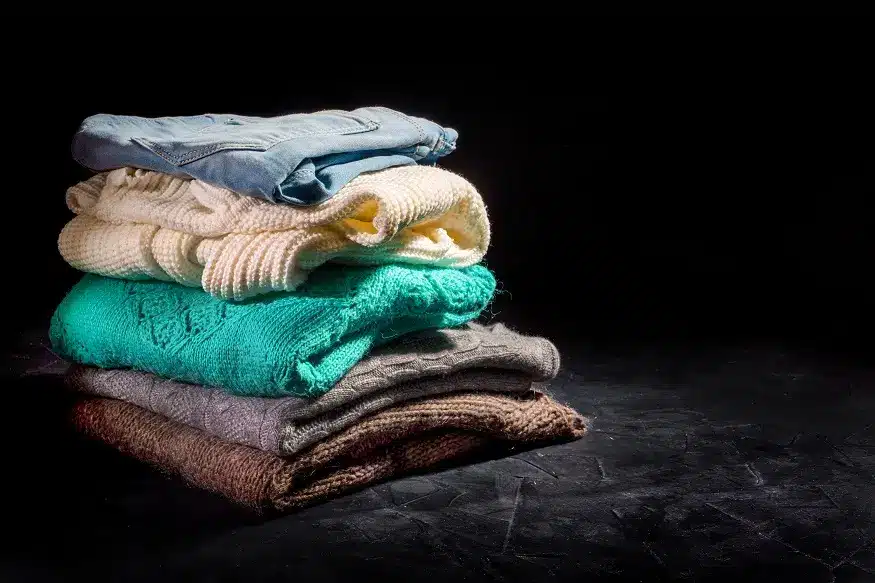Are you facing growing demands in connection with EPR for textiles? We take care of your EPR compliance.

Obligations under the EU Textile Directive
Currently, there is still no uniform, EU-wide waste directive specifically for textiles. However, some member states – such as France or the Netherlands – have already introduced their own laws on extended producer responsibility (EPR) for textiles.
The European Commission published a proposal to update the EU Waste Framework Directive in July 2023.
This proposal aims to:
- Introduce EPR schemes for textiles and footwear in all EU Member States
- Require producers to finance the collection, sorting and recycling of their products
- Introduce ecomodulated fees: companies will pay lower fees if they use more environmentally friendly materials
- Promote a circular economy and the separate collection of textile waste by 1 January 2025 at the latest
What does this mean for businesses?
Even though the EU-wide requirements are not yet in force, manufacturers, importers and distributors should already be familiarizing themselves with the upcoming requirements and preparing for the introduction of EPR obligations. Some countries, such as France and the Netherlands, have already implemented mandatory EPR programs. Other member states will follow shortly.
No EU-wide law yet – national regulations already in force!

Not sure what obligations already apply in the individual countries and what developments can be expected at the EU level?
Let us carry out a compliance check for you!
Important to know: the current status
No EU-wide mandatory law for textiles yet
There is currently no binding EU waste directive specifically for textiles.
National regulations already in place
Some countries, such as France and the Netherlands, have already introduced their own EPR systems for textiles.
EU-wide regulation in preparation
In July 2023, the European Commission published a proposal to introduce EPR for textiles.
In March 2024, the European Parliament adopted its position on the proposal.
The introduction of an EU-wide EPR system is expected in the coming months.
How does registration work?
Registration is done online via the EAR portal. After the application has been completed and checked by the foundation, a WEEE registration number is issued.
Since the process can be complex, it is advisable to work with specialized service providers or an authorized representative – especially in the case of international business models or uncertainties in B2B/B2C assignment.
